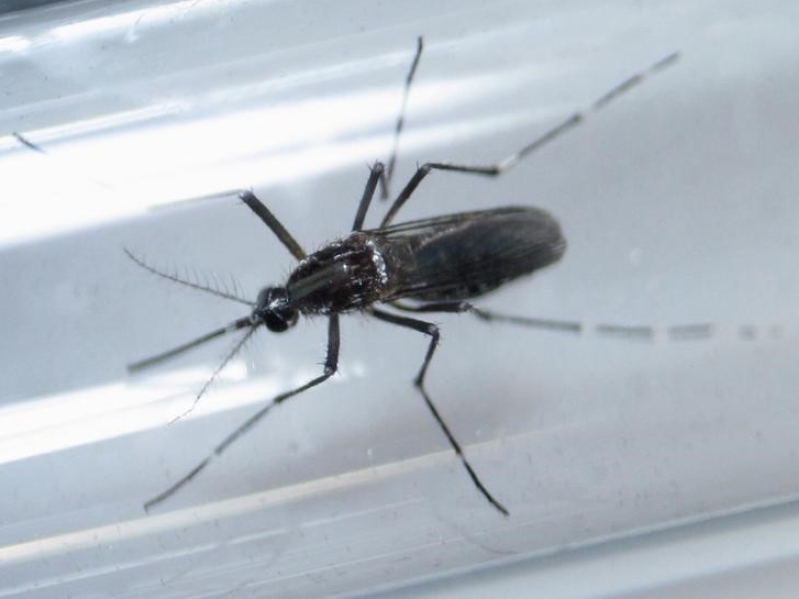
U.S. researchers are estimating a wide range of potential risk for the birth defect microcephaly following Zika infection in the mother, putting the figure at anywhere between 1 percent and 13 percent, according to newly-released findings.
Their findings are based on statistics from a 2013 Zika outbreak in French Polynesia and ongoing reports of the virus and birth defects in Brazil's Bahia state during the current outbreak.
The analysis was conducted by the U.S. Centers for Disease Control and Prevention and published late Wednesday in the New England Journal of Medicine.
Microcephaly is a rare birth defect marked by unusually small heads and can cause developmental problems. Brazil's Ministry of Health has confirmed 1,434 cases of microcephaly that it believes are related to Zika infection throughout the country, according to data released this week.
The CDC researchers said the highest potential risk for microcephaly appears to be when the mother is infected during the first three months of pregnancy, after which the risk was greatly reduced.
Zika is carried by mosquitoes, which transmit the virus to humans. It can also be transmitted through unprotected sex with an infected man.
"We found a strong association between the risk of microcephaly and infection risk in the first trimester and a negligible association in the second and third trimesters," the report said.
The analysis found the risk of having a baby with microcephaly in the French Polynesia outbreak was 1 percent. But in Brazil, where the outbreak is far more widespread, that is likely to be higher and the alarming numbers of cases of severe microcephaly have surprised experts.
CDC researchers, however, noted several limitations of the report.
It said the available data are very limited, especially in recently affected areas such as Bahia, where total infection rates are unknown and microcephaly cases are still being reported and evaluated.
In addition, most people infected with Zika show no symptoms, meaning little is known about the effects of mild or asymptomatic infections very early in pregnancy, when women may be unaware they are pregnant.
They also cautioned that microcephaly may be just one of a range of potential problems with fetal development that are linked to Zika.
"In light of the growing evidence, it is prudent to take precautions to avoid Zika virus infection during pregnancy and for healthcare systems to prepare for an increased burden of adverse pregnancy outcomes in the coming years," the report concluded.







